
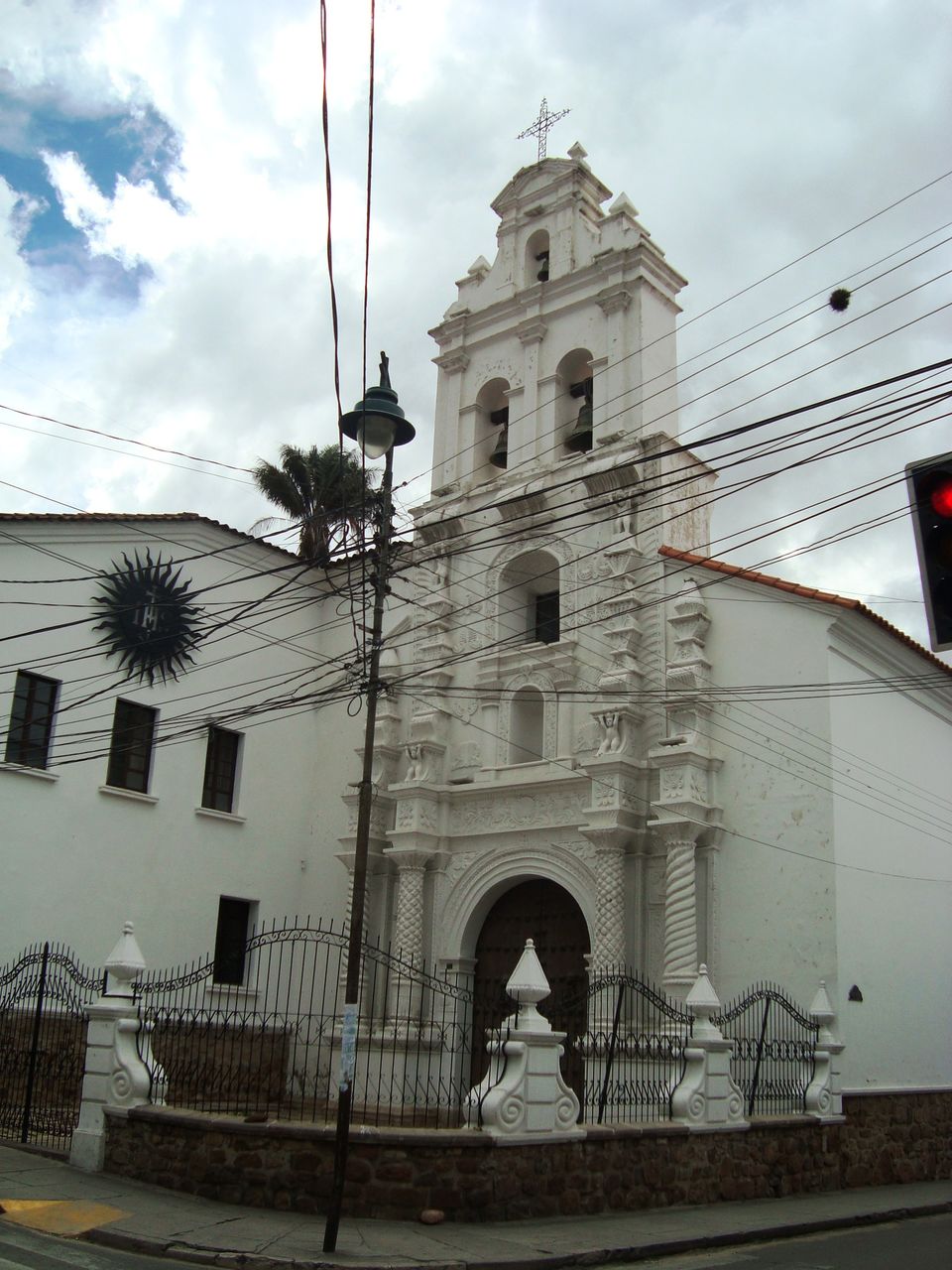
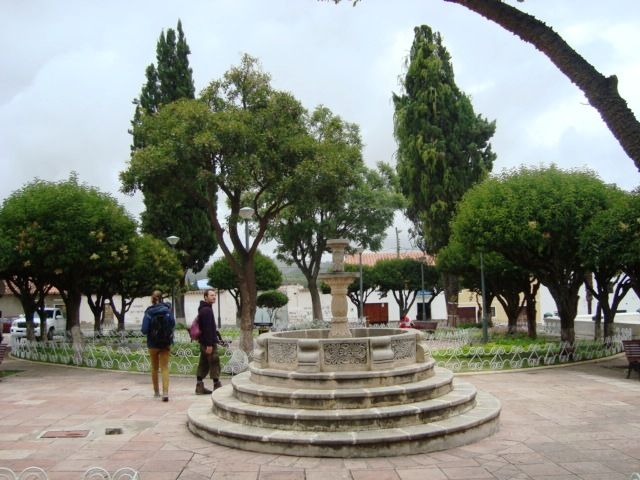
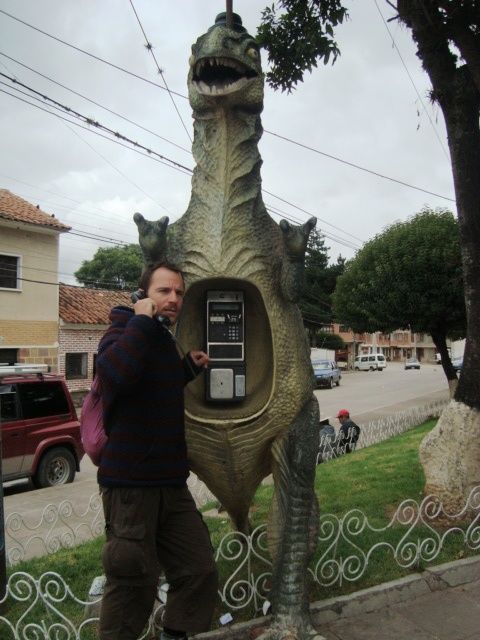
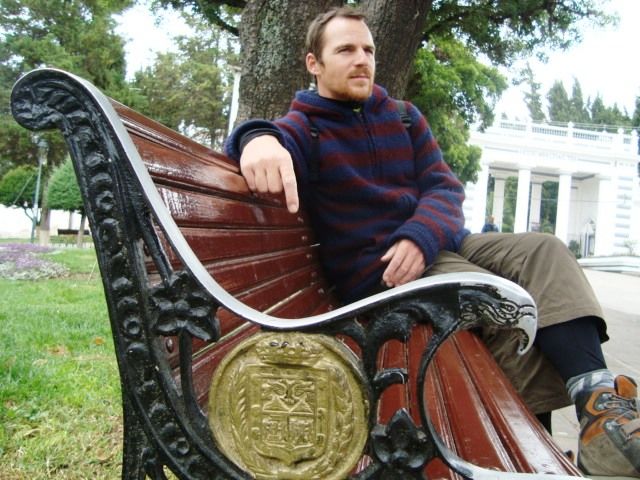
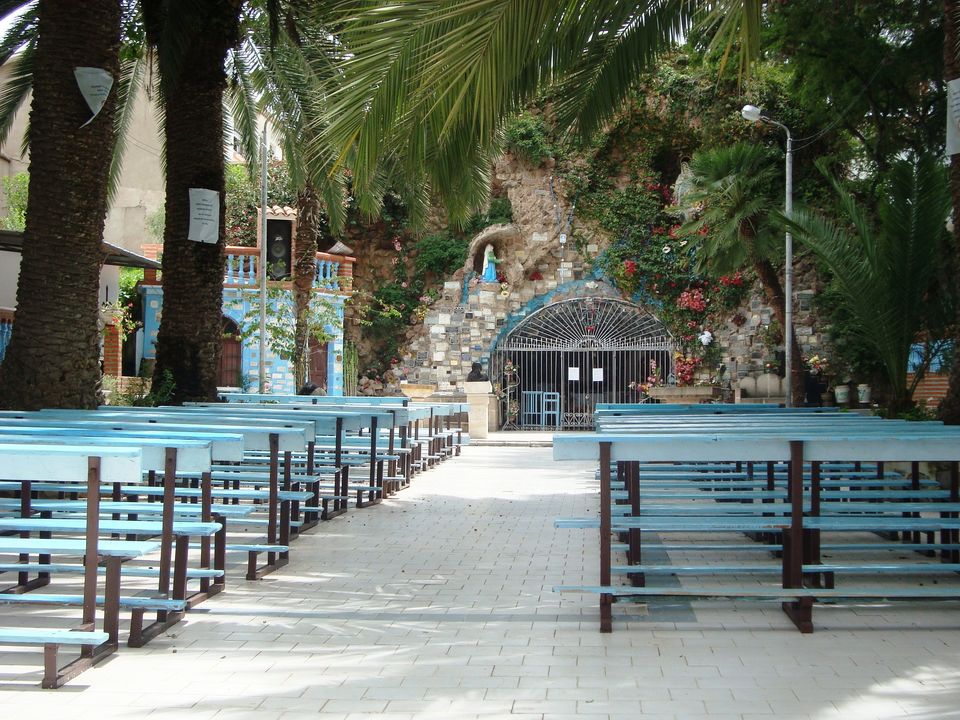
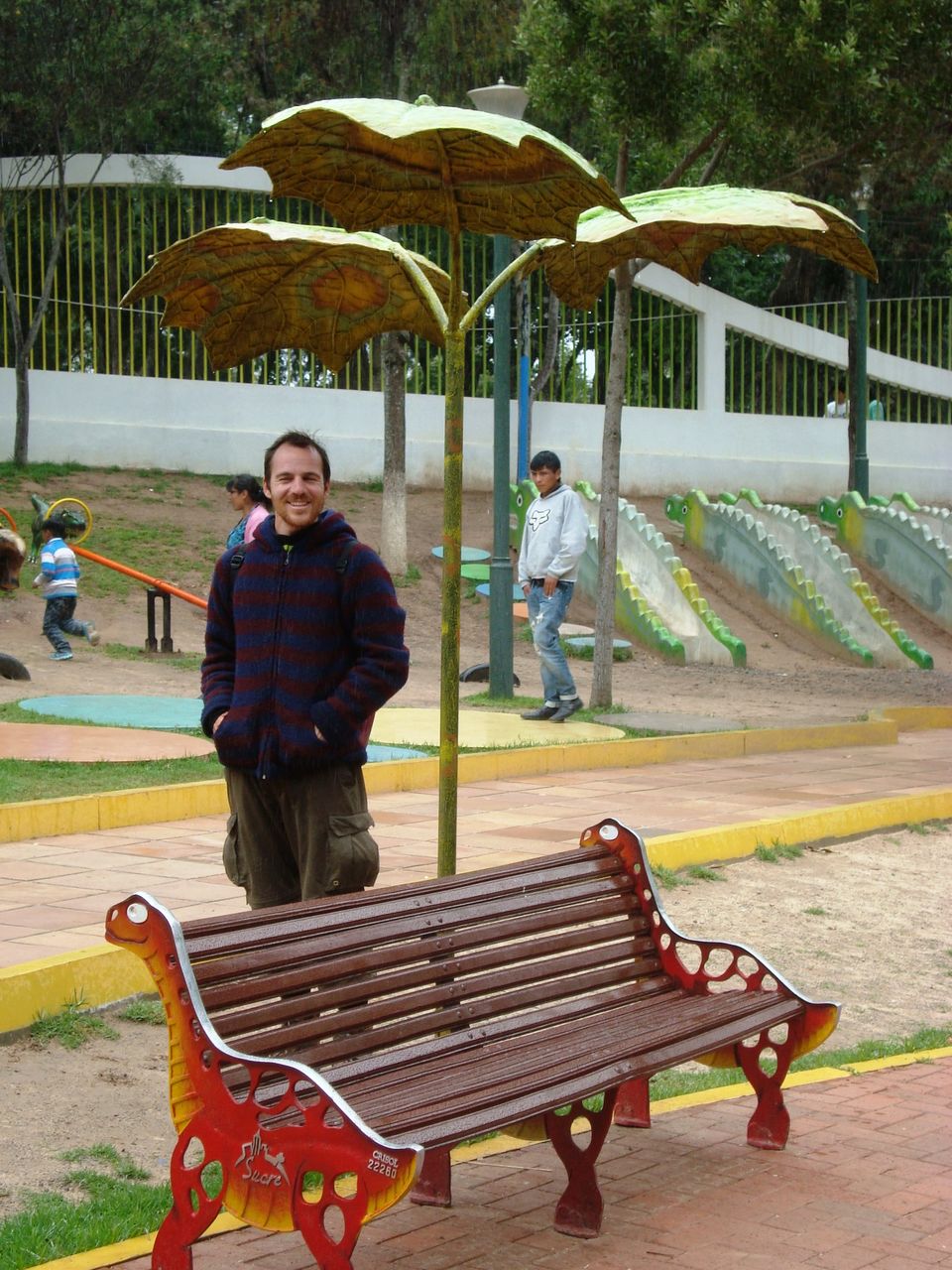
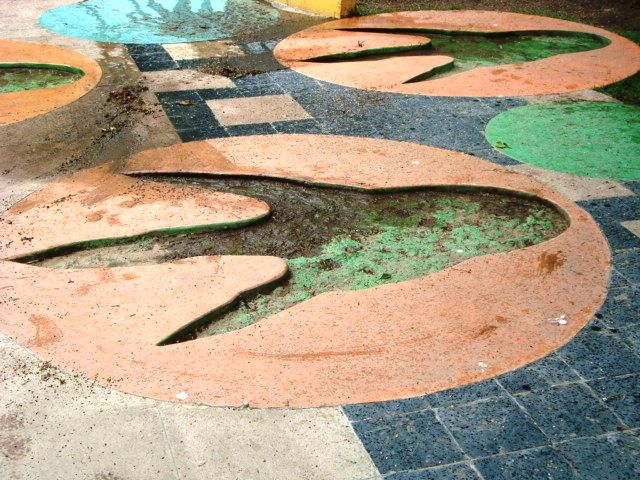
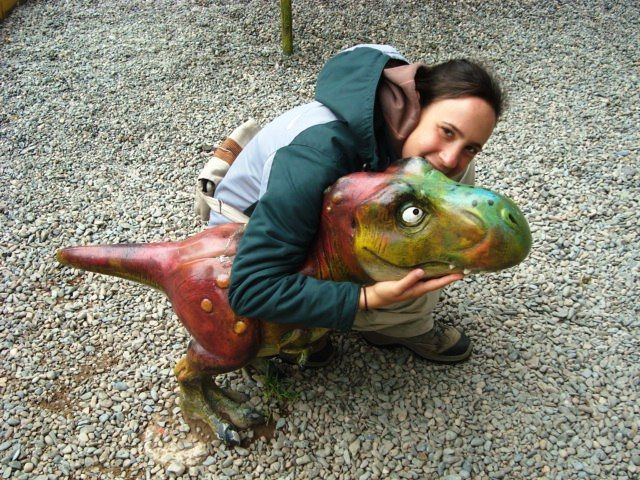
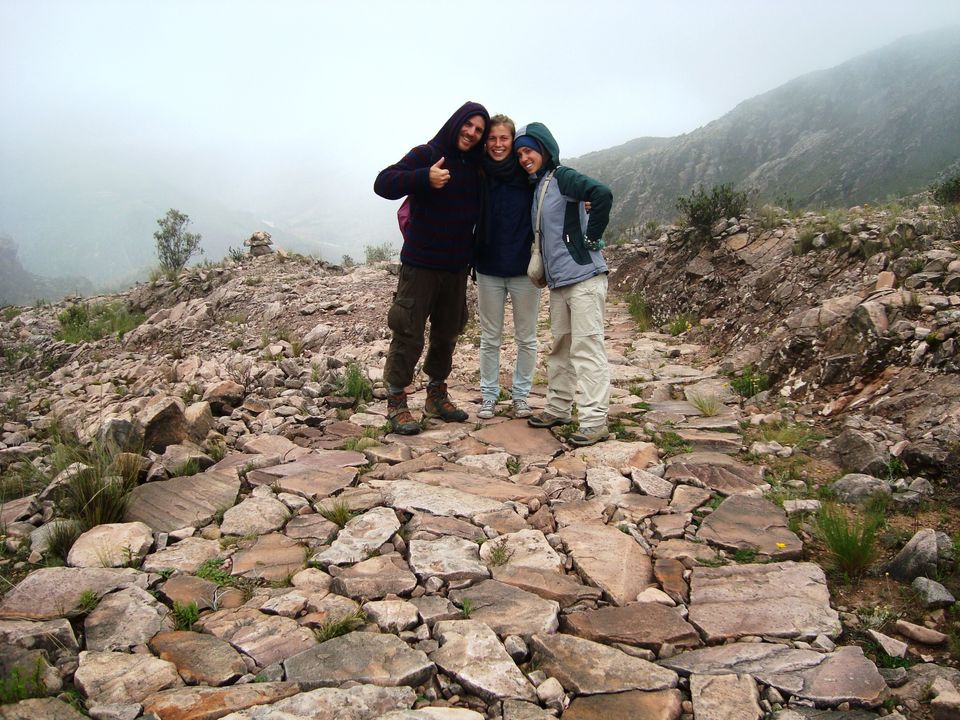
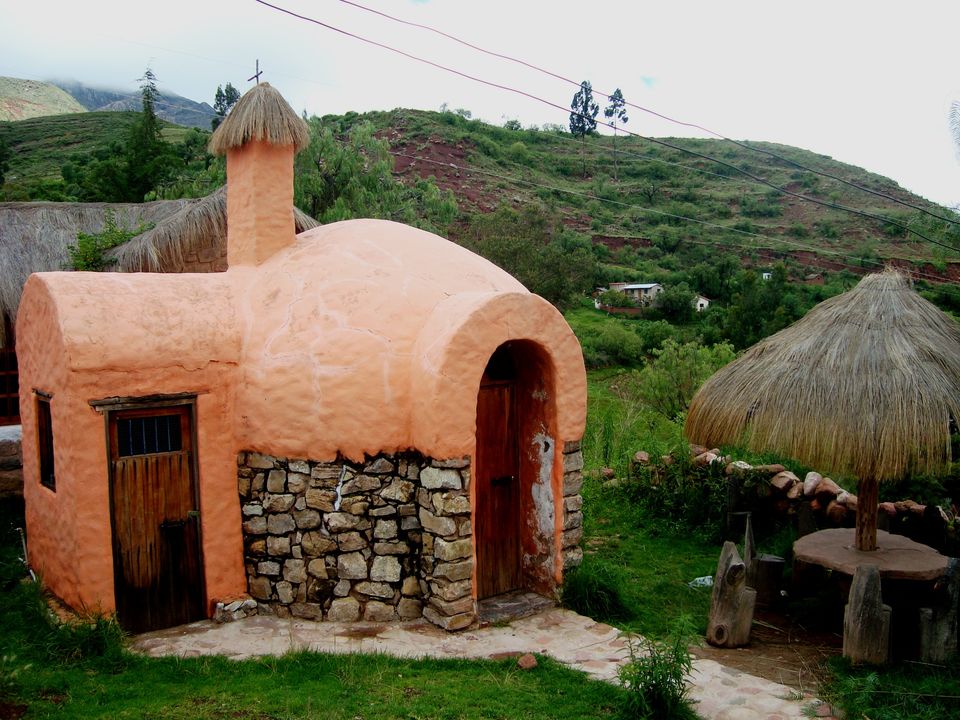
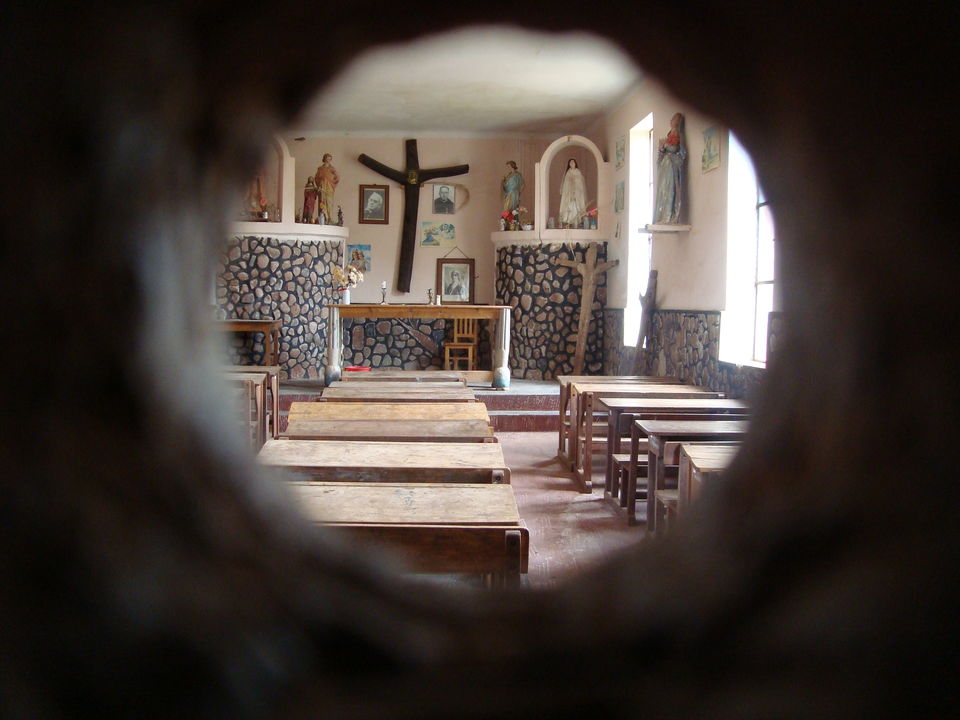
Known in ancient times by the Spanish conquerors with the name of Charcas for the people that populated (the Charca fact) and considered the most beautiful city in Bolivia, Sucre is the capital of Bolivia and the capital of the department of Chuquisaca , proclaimed a World Heritage Site in 1991 by 'UNESCO. Tourist destination of thousands of visitors a year, the city welcomes you with its white colonial buildings still in perfect condition in which stands the old central square 25 de mayo with the cathedral and the Casa de la Libertad , where, in 1825, was signed the independence of Bolivia.
Located in a valley surrounded by low mountains, Sucre enjoys a global reputation thanks to the wonderful microclimate that characterizes it and especially its " Parque Cretaceous ", a resort whose main attraction is the Cal Orck'o , a paleontological site in the field of dinosaur footprints largest in the world (about 5055 impressions), a source of pride for locals and fascination for scholars and fans from every corner of the globe. It is in fact quite common to come across sculptures of prehistoric dinosaur shaped benches or strolling through the lovely streets of the historic center.
For lovers of off-road activities and a dip in the extreme and spectacular nature of this region, there is the possibility to follow an ancient Inca road about 5 kilometers from Chataquila leads to Chaunaca and which has as its starting point the church of Chataquila finishing in the spectral and almost deserted village of Chaunaca.
For trekkers there is more extreme then what Chataquila by up to Maragua , about 45 miles, which allow you to cover a part of the Inca Trail, visit the crater of Maragua and get in touch with the culture Jalca , its textile crafts and language peculiar. Ten kilometers from the starting point you can then visit the cave paintings, paintings of anthropomorphic character zoomorphic stone that you think may be dated about 2000 years.Fascinating places, full of spirituality and surrounded by nature.
Suggestions:
- For what regards the Cretaceous Park rates are: 10 Bs for locals, foreigners and 30 Bs for 5 Bs for children.To get there you can take line 4 of Micros (buses) or the Plaza 25 de Mayo, at the corner of the cathedral, you can climb aboard the Sauromovil that goes about three times in the morning.
- Accommodation in Sucre are not particularly cheap compared to the rest of the country, however, there are very nice hostel in the center of the proceeds in huge colonial mansions with spacious kitchens and shaded patios. We opted for the ' Hostal San Marcos (40 Bs per day, about 4 euro) with WIFI, shared bathroom and kitchen.
- Getting to the beginning of ' incatrail to Chaunaca is not easy as the tourists generally do so through organized tours and travel agencies. Those who, like us, want to undertake it on his own must roll up their sleeves and ask around to the locals how to get there. One solution is to take the micro (local bus) No. 1 / F to 3 Bs per person direction Ravelo, from there jump on the red truck normally intended for workers in the area, tireless chewing of coca leaves, and get off near the church of Chataquila . Quest 'last marks the beginning of the path that leads to Chaunaca, in which, once they arrive, you can take the bus back.
Two tips: 1) always ask local communities for times and stops, 2) leave early in the morning to coincide with work schedules and buses.

